2017 Hyundai Tucson vs Volkswagen Tiguan comparison
We investigate whether VW’s new kid on the block, the Tiguan, justifies its premium.
Published on Aug 16, 2017 12:00:00 PM
95,817 Views
Follow us on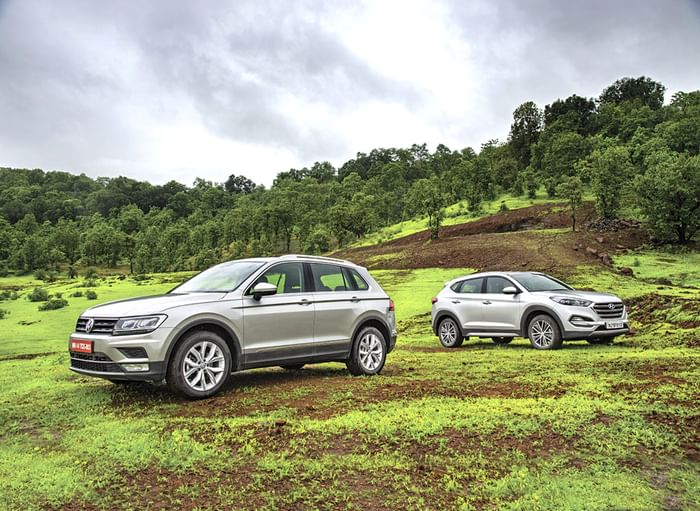
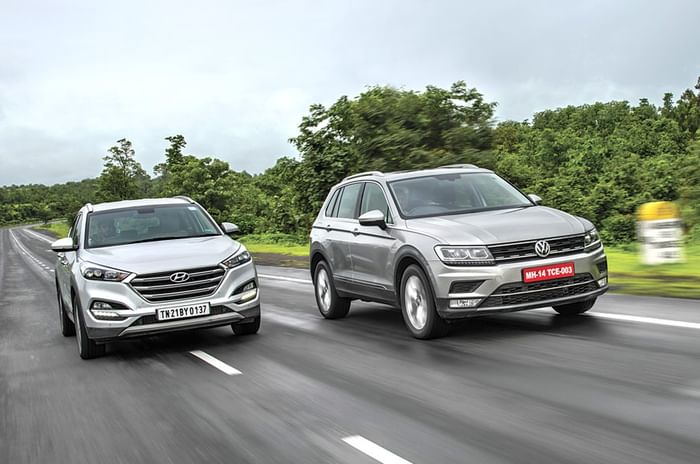
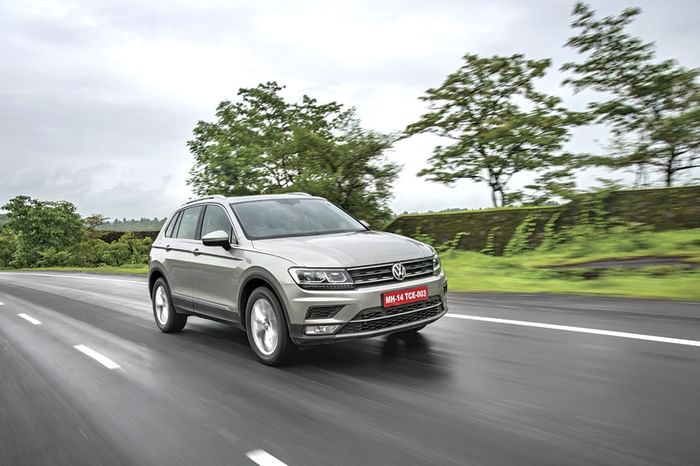
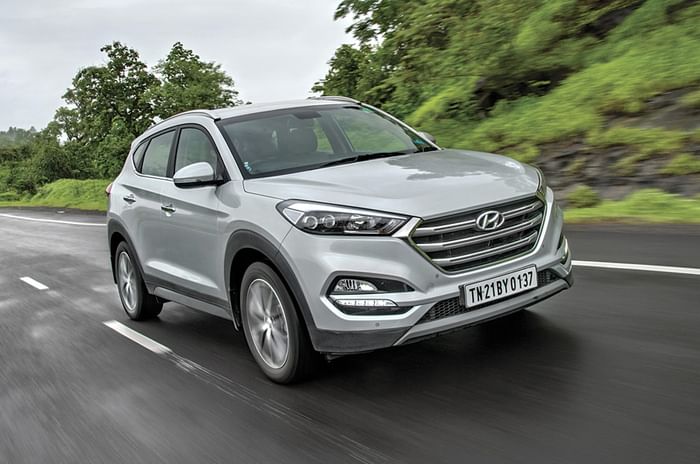
Volkswagen has positioned the new Tiguan as a rival to small luxury German SUVs, but it may have a hard time matching them in one key aspect of the segment – badge value. Instead, it comes across as a more direct rival to the Hyundai Tucson as they both share similar size and intent. At first, the Rs 6 lakh price difference between these two premium SUVs seems a bridge too far. But then, spending time with the Volkswagen Tiguan allows you to peel back the layers, revealing tremendous substance within. And it raises the question, is the Tiguan really worth the extra money that can buy you a small hatchback? Well, let’s find out.
Mirror, mirror
Looking good and feeling good are hugely important in this segment and the Tucson scores big here. The second-biggest SUV in Hyundai’s line-up has strong road presence
and the ability to turn heads. The pulled-back headlamps and defined grille make for a handsome face, while the kinked wheel arches and pinched rear window line give it a dynamic stance. I wish the tail-lamps were a little different though, as the rear section reminds me of a pumped-up i20.
| Hyundai Tucson Price, Mileage, Specifications, Features and Variants | |
|---|---|
| Brand | Hyundai |
| Model Name | Tucson |
| Hyundai Tucson Price | ₹ 33.67 - 42.39 lakh |
| Hyundai Tucson Range/Mileage | NA |
| Hyundai Tucson Specifications | SUV | 5 doors | 5 seats View All Specs |
| Hyundai Tucson Features | LED headlight | 10.25-inch Touchscreen display | 6 airbags View All Features |
| Hyundai Tucson Variants | Platinum 2.0 Petrol AT | Signature 2.0 Petrol AT | Platinum 2.0 Diesel AT View All Variants |
The Tiguan, meanwhile, takes a typical Volkswagen approach to design – smart and clutter-free, characterised almost entirely by straight lines. The large, full-LED headlamps stand out, but the rest of the grille and bumper design are quite subdued. The same goes for the side profile that establishes a bit of individuality through a fairly deep kink in the metal work along the door handles. The rear is perhaps the most characterful angle with smart, hockey-stick-shaped LED tail-lamps meeting clean lines and a thin chrome strip around the bumper. Overall, it’s a handsome design but doesn’t command the presence expected of SUVs. Both designs should age gracefully, but, undoubtedly, it’s the Hyundai that garners more appreciation.
Getting inside, both cabins will feel familiar if you’ve spent enough time with cars from either brand. While the Tucson uses a beige and black interior theme, the Tiguan goes for a darker one with black upholstery and dark grey accenting on the dash. Beige usually creates a sense of space, but it’s the VW that feels more airy thanks to the larger windows and enormous panoramic sunroof, a feature the Tucson doesn’t offer in any trim level. Both cars get a large Android Auto/Apple CarPlay-compatible touchscreen unit and a full-colour multi-information display for the driver.
Leather upholstery is standard on both, but the Tiguan’s feels a little plusher and the front seats are more comfortable as well. Both get powered driver seats with adjustable lumbar support and heated exterior mirrors. But it’s only the Tiguan that gets a memory function for the driver’s seat and wing mirrors, and heated function for the front seats. That said, the Tucson gives you a more commanding view from behind the wheel, while the Tiguan feels more car-like, despite both of them having similar dimensions.
Bringing luxury to the Tiguan’s second row is a dedicated climate-control zone, while the Tucson gets two zones at the front and two vents for rear passengers. In terms of space at the rear, the Tiguan offers more knee room, but the Tucson is wider and has a transmission tunnel that’s less intrusive, making it the better three-seater. The Hyundai also has more comfy rear seats with good thigh support, while the Volkswagen’s feels a bit flat. With the seats in place, the Tiguan’s boot space is at 615 litres, while the Tucson’s is at 513 litres. Both SUVs, however, offer good flexibility with 60:40 split folding seats that can be reclined for comfort and can be folded near-flat to expand boot space. Where the Hyundai offers a full-size spare tyre, the Tiguan makes do with a space-saver. Volkswagen counters this with a tyre pressure monitoring system and unique, self-sealing tyres that are filled with a gel that can seal small cuts and punctures.
The Tucson’s cabin is well laid-out and quality is up to the mark. However, the Tiguan simply feels a step ahead in terms of overall fit, finish and materials. There is a well-damped feel to the controls and switchgear, and better executed ergonomics in general. Special attention has been paid to the smaller details and you’ll appreciate the height-adjustable boot floor and clever slide-out cupholders in the stowage space behind the gear selector. Even the door pockets are felt-lined and add to the premium experience.
In terms of kit too, the Volkswagen is considerably ahead with features like a panoramic sunroof, rain-sensing wipers, intensity adjustable cabin lighting and full-LED headlamps. The Tucson offers dual-barrel LEDs for the low beam and a halogen high beam. Both cars, however, are equally well stocked in terms of safety, with each offering six airbags and a raft of electronic assists, including ABS and ESP.
State of play
Since the Tiguan doesn’t get the option of a petrol engine, we have both the cars in their 2.0-litre turbo-diesel guise. In the VW, the motor generates 143hp and 340Nm of torque, similar to the Skoda Octavia, and is mated to a seven-speed dual-clutch automatic gearbox. The engine is quite vocal from the outside, but refinement levels in the cabin are commendable and it’s quieter than the Hyundai’s. It’s also a rev-happy motor and feels much more responsive. Paddle shifters make the experience that much more involving when you’re in the mood, with the snappy gearbox eager to follow your finger’s commands.
Hyundai’s 2.0-litre turbo-diesel engine debuted in the Tucson and it’s a hard charger. With 185hp and 400Nm of torque, the Tucson puts out significantly higher numbers through the choice of a six-speed manual or automatic gearbox. The six-speed automatic here is a torque convertor that offers smooth performance for the most part. However, it has an irritating tendency to drop revs to 1,000rpm every time you lift off the throttle, probably in the hunt for better efficiency. The resultant delay, when you get back on the throttle as the revs rise once more, takes some getting used to.
Where the Tucson is front-wheel drive, the Tiguan uses a Haldex-style all-wheel-drive system. The excellent traction means 0-100kph comes up in 10.55sec, just a second slower than the lighter and more powerful Tucson. Hitting speeds between 120-140kph is effortless, but the Tiguan struggles a bit above 160kph while the Tucson hit upwards of 170kph with more ease. You get four driving modes in the Tiguan – Snow, Normal, Off-road and Off-road Individual – that can be controlled via a rotary dial near the gear selector. Normal mode is for regular road driving with power sent to the rear as required, while remaining a front-wheel drive under light loads. Within Normal, you can select between sub-modes: Eco, Normal, Sport and Individual; the last one allows individual steering, engine response and air con settings. The Off-road Individual mode, meanwhile, lets you tweak the steering weight, engine response, AWD (off-road or normal), air con, and activate the hill descent and hill hold functions.
The Tucson offers a choice of three modes – Eco, Normal or Sport – but these don’t have the same adjustability of the Tiguan and only seem to affect the engine mapping for sharper or milder responses. Performance is noticeably stronger throughout, but the more relaxed nature of the engine and gearbox means the Tucson is an excellent, brisk highway cruiser, leaving the Tiguan to enjoy more aggressive driving.
Based on the Volkswagen’s MQB platform, that also underpins the latest Golf, good driving dynamics run in the Tiguan’s genes. In isolation, the ride quality is quite good, with supreme composure at highway speeds, and a firm, but not uncomfortable feel over rough roads. However, it’s the Tucson that’s better at handling broken roads while sacrificing nothing from high-speed stability. It’s a capable handler too, but there is a tendency to torque steer at lower speeds, especially on slippery surfaces.
While all-wheel drive gives the Tiguan an added edge off-road, its talents are best reserved for less challenging dirt-track excursions up to the farmhouse, rather than serious off-roading. The Tiguan, however, feels more engaging from behind the wheel. While neither will win awards for steering feel, the Volkswagen has the quicker, more direct unit. It corners with a flatter feel and the combined grip from the on-demand AWD and wider 235-section 18-inch rubber offer excellent confidence to push the car just that little bit harder.
It’s easily the driver’s choice here while the Tucson claims the edge in overall comfort.
The final cut
The Tiguan is genuinely likeable thanks to its solid build quality, luxurious feel and top-class driving dynamics. But, it’s hard to justify the Rs 29.8 lakh (ex-showroom, Delhi) price even with the high level of equipment it comes with. However, at Rs 23.8 lakh, the Tucson’s far more affordable price is a big advantage. More importantly, it’s got the looks of a true SUV. Apart from that, it feels more commanding from behind the wheel and also offers the more comfortable and relaxed experience. Traditional SUV buyers in India value three things above all – image, comfort and power. Actual off-road ability isn’t quite as important and the Tucson has the Tiguan trumped on all three counts, in addition to offering much better value. So, while the Tiguan will find a following of very happy owners who will love the VW DNA, the Tucson does the better job of offering what SUV owners desire. And that makes it our winner.
Read our Volkswagen Tiguan SUV review
Read our Hyundai Tucson SUV review
| Tiguan vs Tucson | ||
|---|---|---|
| Volkswagen Tiguan Highline | Hyundai Tucson GLS | |
| VERDICT | More luxurious and dynamic, but too pricey | Style, performance and practicality give it an edge |
| RATING | 7/10 | 8/10 |
| L/W/H | 4486/1839/1672mm | 4475/1850/1660mm |
| Wheelbase | 2677mm | 2670mm |
| Kerb weight | 1720kg | 1656kg |
| Engine | 4 cyls, 1968cc turbo-diesel | 4 cyls ,1995cc turbo-diesel |
| Power | 143hp at 4000rpm | 185hp at 4,000rpm |
| Torque | 340Nm at 1750-2750rpm | 400Nm at 1750-2750rpm |
| Gearbox | 7-speed DSG | 6-speed automatic |
| Tyre size | 235/55 R18 | 225/55 R18 |
| PERFORMANCE | Acceleration(from rest) | Acceleration(from rest) |
| kph | sec | sec |
| 20 | 0.88 | 1.17 |
| 40 | 2.33 | 2.38 |
| 60 | 4.19 | 4.04 |
| 80 | 6.78 | 6.48 |
| 100 | 10.55 | 9.48 |
| 120 | 15.31 | 13.34 |
| 140 | 22.25 | 18.83 |
| 20-80 (in kickdown) | 6.63 | 5.34 |
| 40-100 (in kickdown) | 8.63 | 7.03 |
| WHAT IT COSTS | ||
| Price(ex-showroom, Delhi) | Rs 29.8 lakhs | Rs 23.8 lakhs |
| EQUIPMENT CHECKLIST | ||
| Leather seats | Yes | Yes |
| Cruise control | Yes | Yes |
| Auto climate control | Three-zone | Two-zone |
| Rain-sensing wipers | Yes | No |
| Paddle shifters | Yes | No |
| Reclining rear seats | Yes | Yes |
| Auto LED headlamps | Yes | Yes(Halogen high-beam) |
| Sunroof | Yes | No |
| Spare wheel | Space saver | Yes |
| Electric tailgate | Yes | Yes |
| Airbags | 6 | 6 |
| Yes | ||
Copyright (c) Autocar India. All rights reserved.

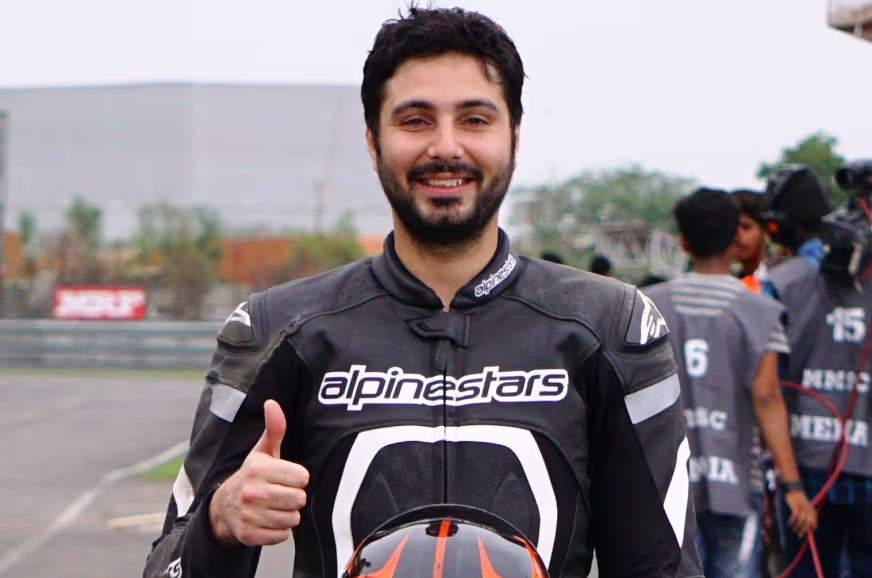
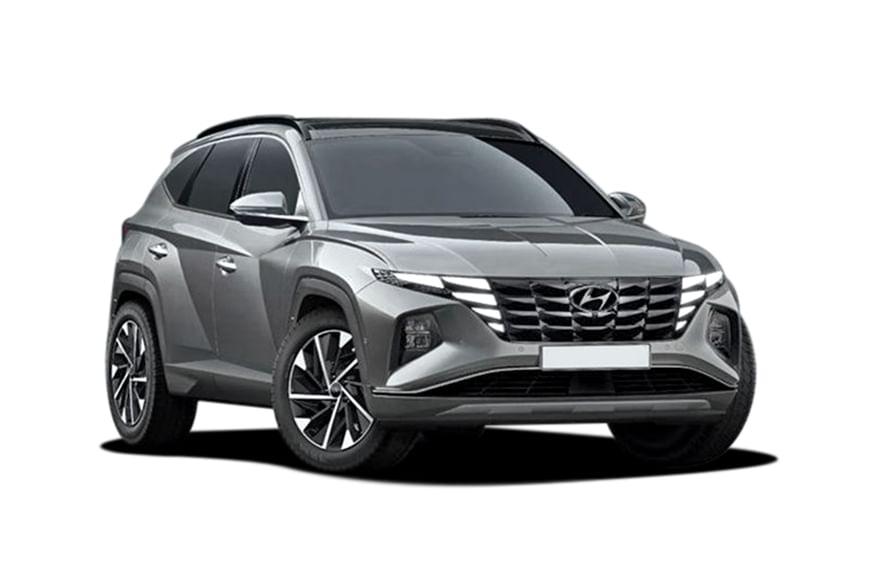


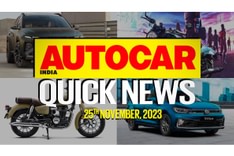

Comments
Member Login
Personal Details
No comments yet. Be the first to comment.